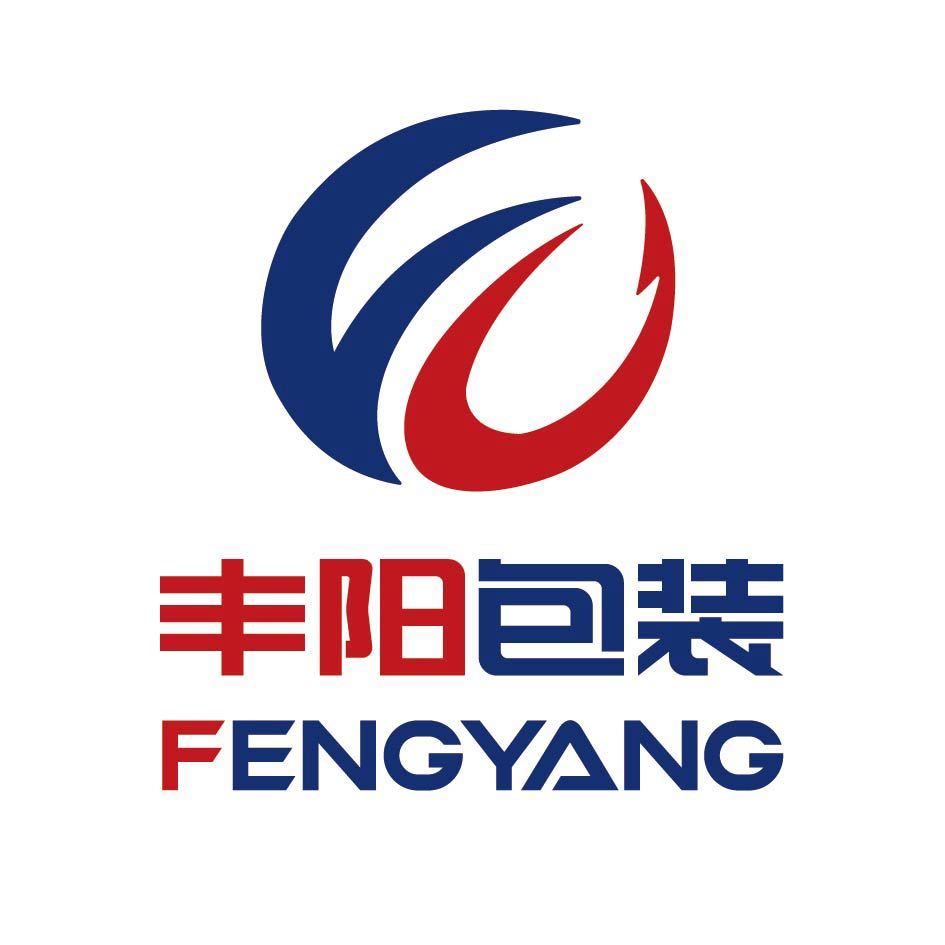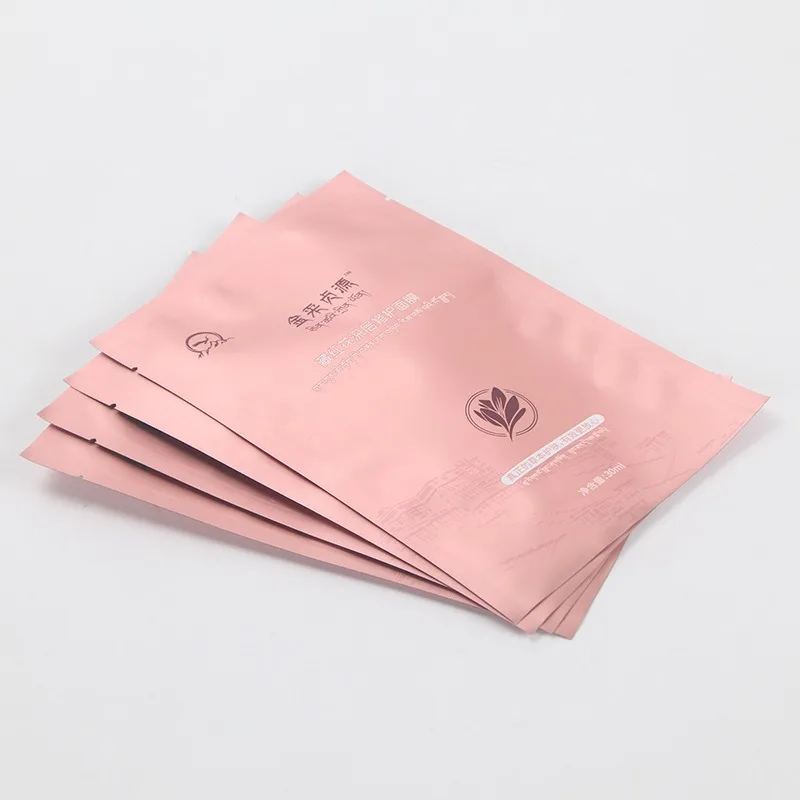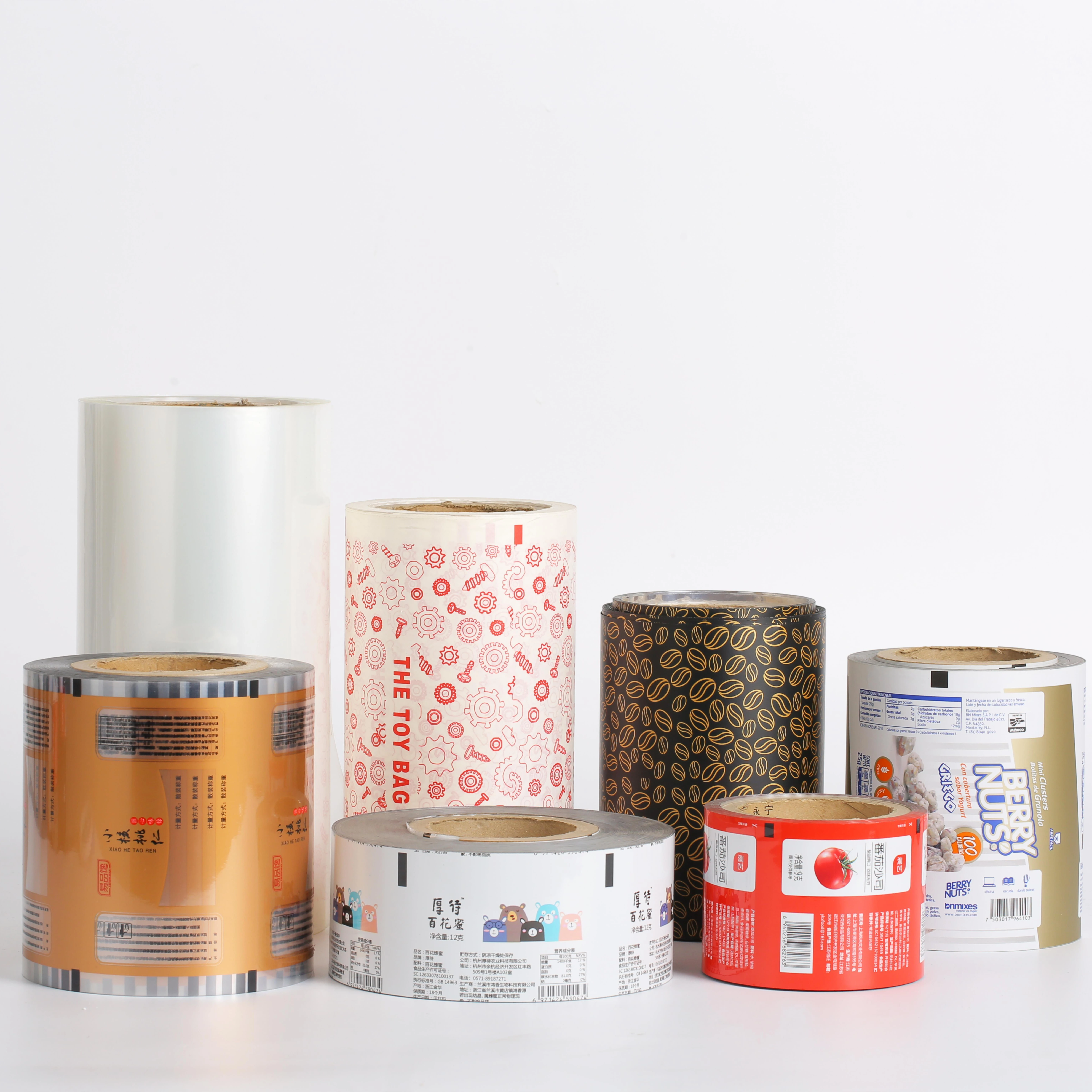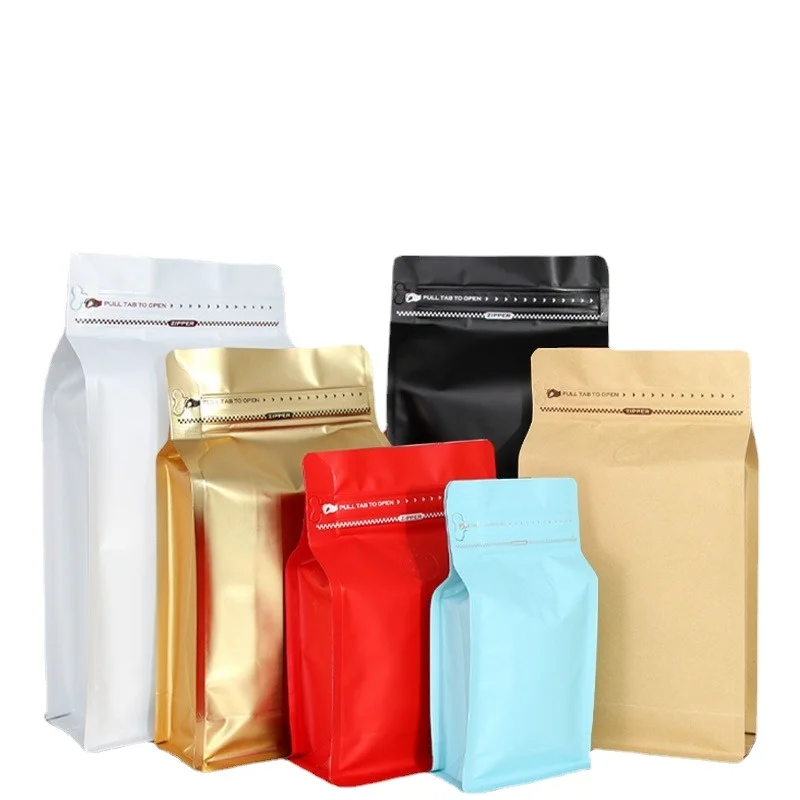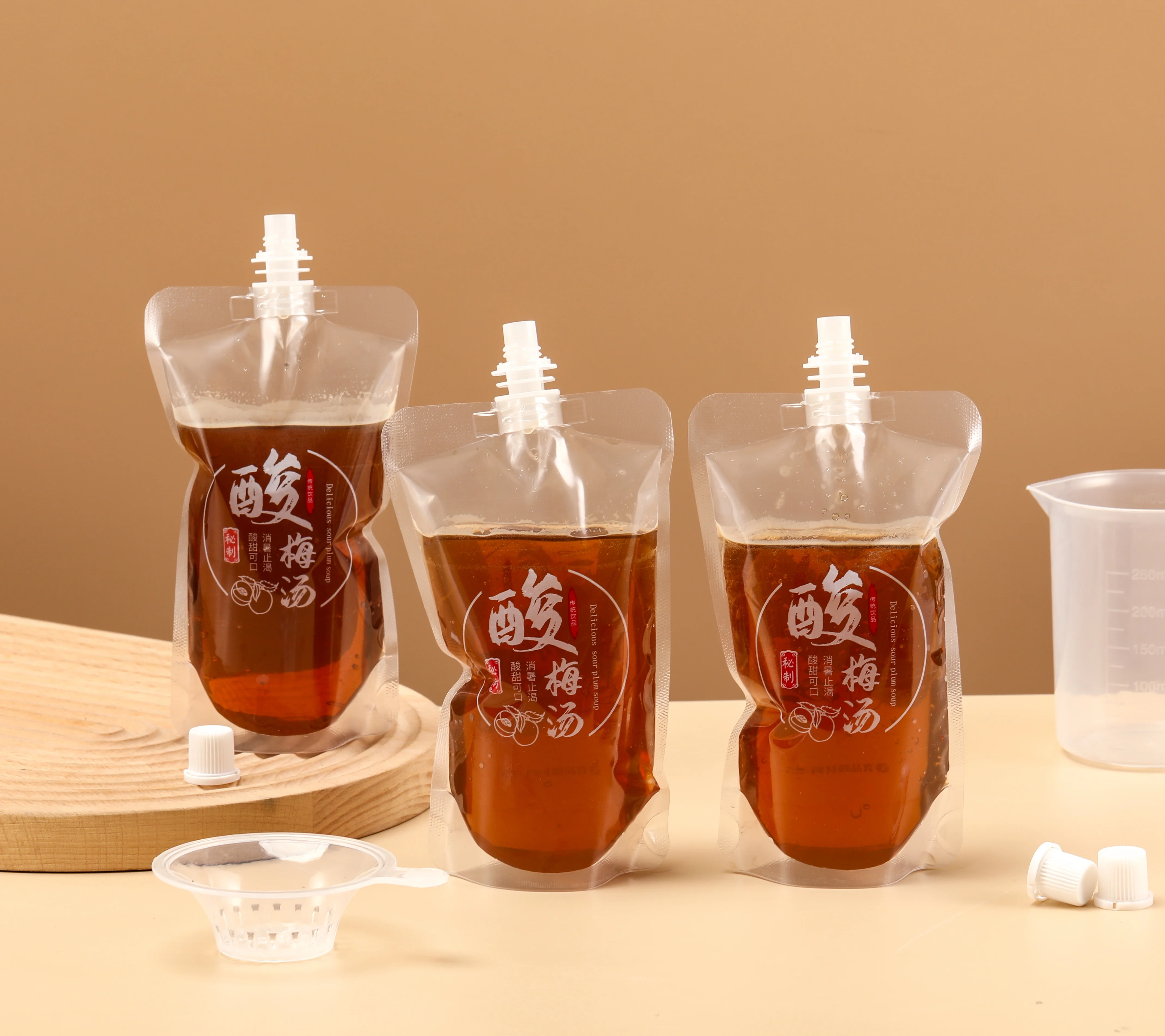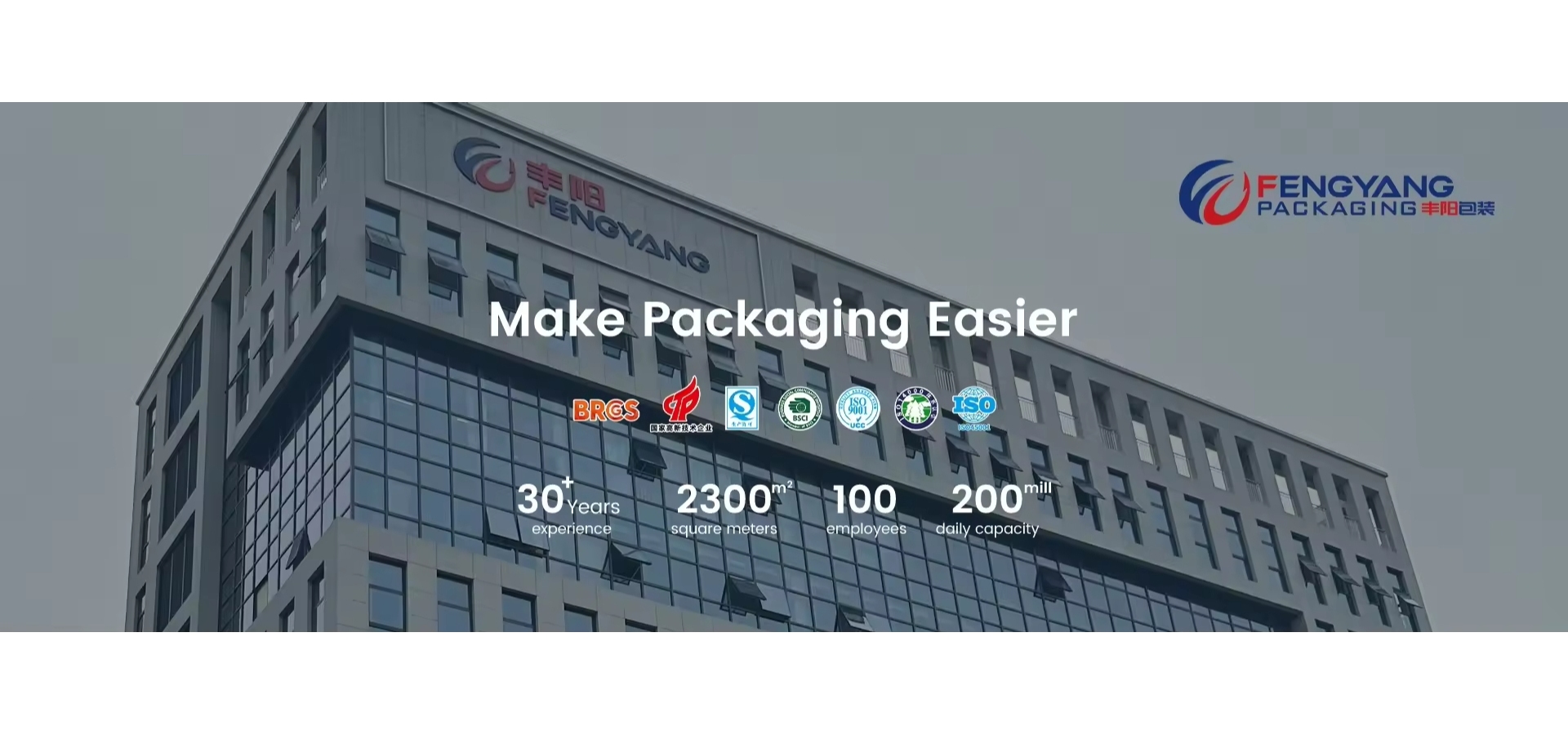
ABOUT
Wenzhou Fengyang Packaging Co., Ltd. is located in Cangnan County, Wenzhou City, Zhejiang Province, China's packaging and printing city. Founded in 2016, the company has a registered capital of 55.51 million yuan, an annual output value of 300 million yuan, a building area of 23000 square meters, more than 100 employees, a team of technical R&D engineers with 10 years of experience, and more than 10 patents for various packaging applications. It is a national high-tech enterprise in China and a technology-based enterprise in Zhejiang Province. The company has been focusing on the research and development and production of functional packaging products such as high barrier, light and heat avoidance, low-temperature freezing, high-temperature steaming, recycling, and degradability. The company has passed IS09001 quality management system certification, IS022000 food safety management system certification, etc. The products have passed multiple authoritative tests such as SGS,BSCI, and the materials comply with US FDA and EU standards. It is a technology-based manufacturing enterprise that integrates research and development, design, production, sales, and service.The company can support OEM, ODM customization, the main production of coffee bags, dog food bags, suction bags, self-supporting zipper bags. The company with excellent quality, good service, timely delivery to win the trust of customers at home and abroad.Thanks for the recognition of domestic and foreign customers, welcome to visit our factory at any time.
PRODUCTS
What are the advantages of packaging design of candy bags in general?
Enhanced Brand Identity and Recognition
The most immediate advantage of a carefully designed candy bag is its ability to build a strong brand identity. Think of iconic candy brands: their packaging is instantly recognizable, even from a distance. Clever use of color, typography, and imagery creates a visual shorthand that connects the product to its brand personality. A consistent design across various product lines further reinforces this brand recognition, building customer loyalty and trust.
For example, a bright, playful design might appeal to children, while a sophisticated, minimalist approach could attract adults. The choice of materials, such as matte or glossy finishes, can also subtly communicate brand values. This careful consideration of visual elements translates directly into increased brand recall and consumer preference.
Product Protection and Preservation
Beyond aesthetics, the primary function of candy bag packaging is to protect its contents. Candy is susceptible to damage from moisture, air, and physical impact. A well-designed bag employs materials that act as barriers against these external factors, ensuring that the candy remains fresh, flavorful, and appealing for its shelf life.
Different types of bags offer different levels of protection. For instance, foil-lined bags provide superior protection against moisture and oxygen, preserving the candy's quality for longer periods. Bags with resealable closures further enhance this protection by allowing consumers to preserve the remaining candy, reducing waste and maintaining freshness after opening.
Effective Communication and Marketing
Candy bag packaging serves as a powerful marketing tool. It's the first point of contact between the product and the consumer, offering a prime opportunity to communicate key information and entice purchase. Clear and concise labeling detailing ingredients, nutritional information, and manufacturing details is crucial for transparency and consumer confidence.
Beyond the necessary information, the packaging can also highlight unique selling propositions, such as the use of natural ingredients or a specific flavor profile. Attractive visuals and engaging text can create a sense of excitement and anticipation, effectively communicating the deliciousness of the candy within. Clever use of slogans and taglines can also reinforce the brand message and create memorable associations.
Convenience and Practicality
The design of a candy bag should prioritize convenience for the consumer. Easy-to-open features, such as tear notches or zippers, enhance the overall user experience. Stand-up pouches or bags with handles provide better shelf stability and easier handling, particularly for larger quantities of candy.
Considerations for portability and portion control are also important. Smaller, individual bags are ideal for single servings or on-the-go snacking, while larger bags are suitable for sharing or home consumption. The choice of bag size and format should be tailored to the target audience and intended use.
Sustainability and Environmental Considerations
Increasingly, consumers are prioritizing sustainability and environmentally friendly choices. Candy bag designers are responding to this trend by incorporating sustainable materials and practices into their packaging. This includes using recycled or biodegradable materials, reducing packaging size, and opting for printing methods with lower environmental impact.
By choosing eco-friendly packaging, candy brands can appeal to environmentally conscious consumers and contribute to a more sustainable future. Highlighting these efforts on the packaging itself can further strengthen the brand's positive image and attract a loyal customer base who value ethical and responsible production.
SUBSCRIBE
INQUIRY
